What is most interesting about their announcement is that it says that in about 6 months they will be offering service to the entire planet when they will be flying enough laser satellites to pull this off.


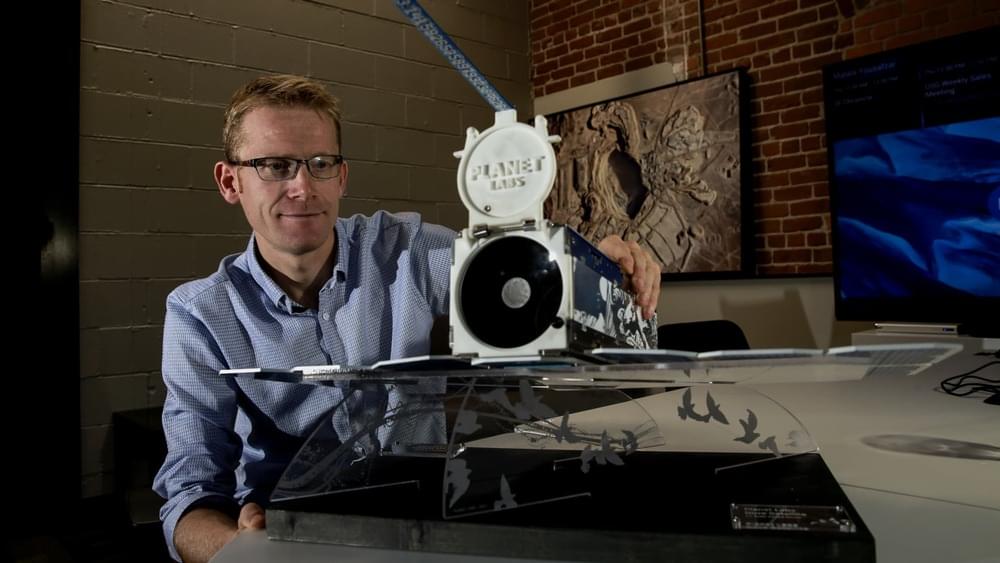
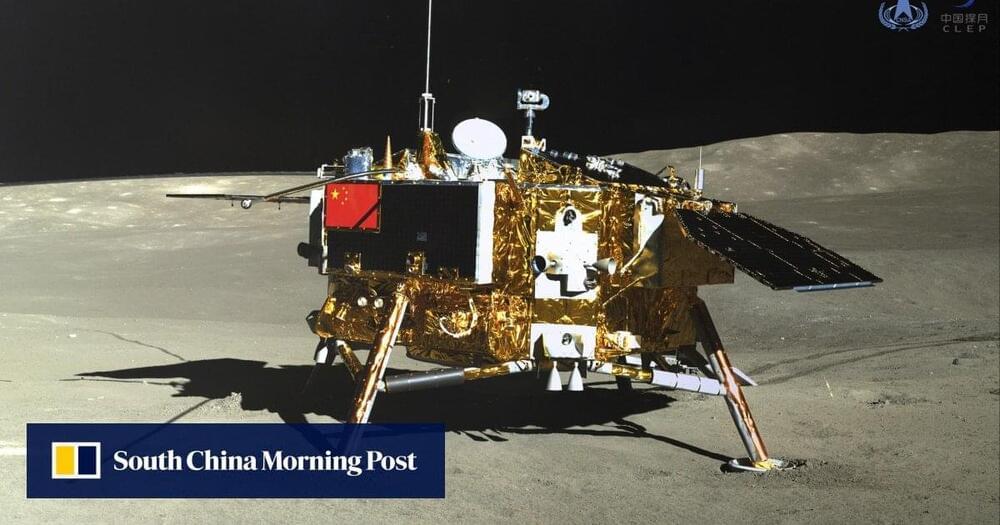

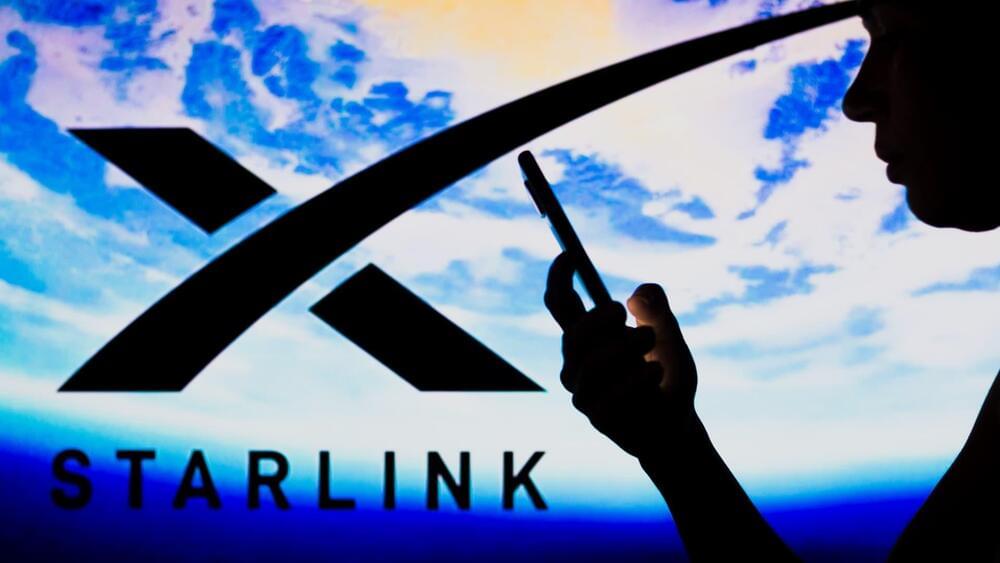
The Federal Communications Commission authorized SpaceX to provide Starlink satellite internet to vehicles in motion, a key step for Elon Musk’s company to further expand the service.
“Authorizing a new class of [customer] terminals for SpaceX’s satellite system will expand the range of broadband capabilities to meet the growing user demands that now require connectivity while on the move, whether driving an RV across the country, moving a freighter from Europe to a U.S. port, or while on a domestic or international flight,” FCC international bureau chief Tom Sullivan wrote in the authorization posted Thursday.
SpaceX did not immediately respond to CNBC’s request for comment on the FCC decision.
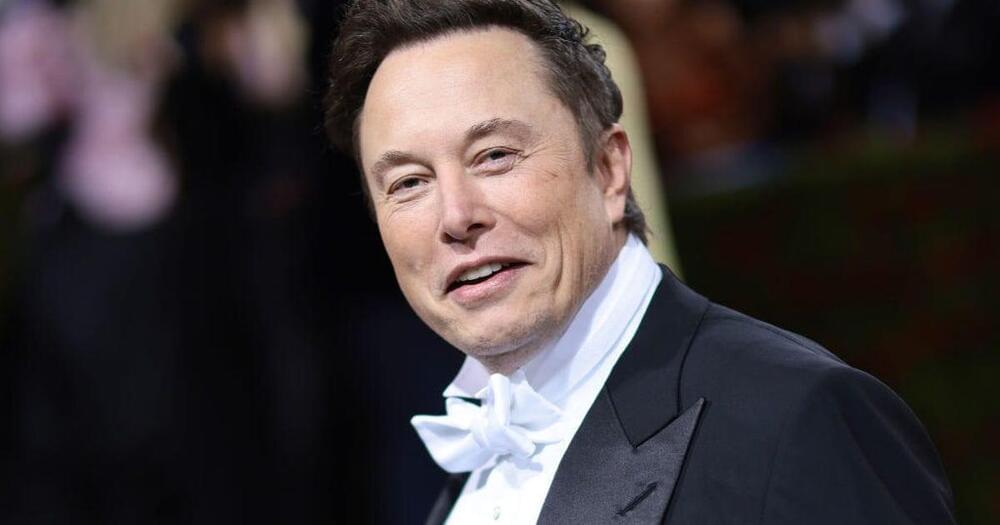
The Federal Communications Commission has signed off on SpaceX’s plan for its Starlink satellites to supply internet access to moving vehicles.
The FCC’s order comes after the company has already signed deals with airline carriers including Hawaiian Airlines and JSX to provide in-flight Wi-Fi to their passengers. Cruise line Royal Caribbean has also requested the service for its ships.
The approval covers a variety of transport including cars, plans and boats.
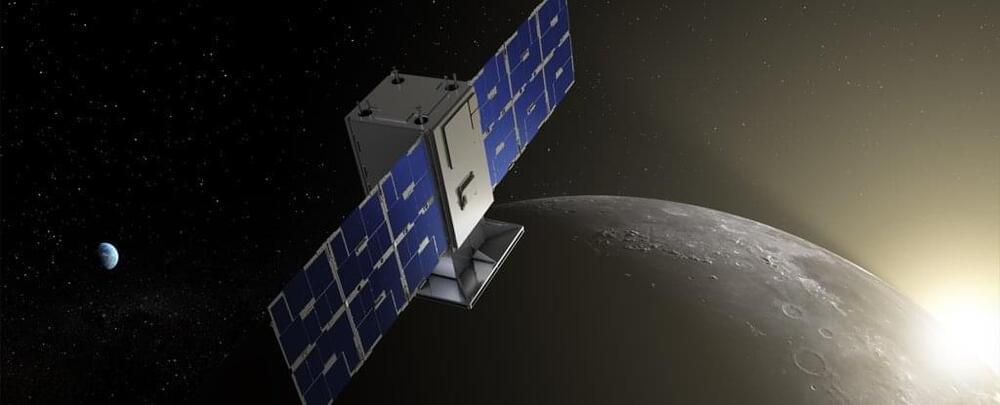
NASA blasted a nanosatellite barely bigger than a microwave oven into outer space Tuesday, part of a landmark mission to return humans to the Moon.
A rocket carrying the tiny CAPSTONE module successfully launched from New Zealand’s eastern Mahia Peninsula to a deafening blast and a wash of fiery propulsion.
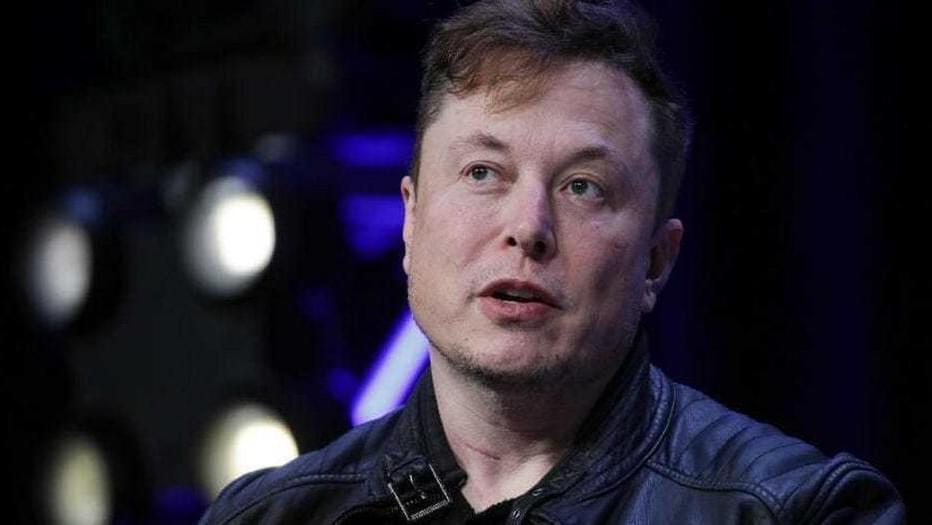

If you’re ready for connectivity on the move, SpaceX’s Starlink satellite broadband may soon be the answer. The US Federal Communications Commission on Thursday gave the internet provider the greenlight to provide service on moving vehicles, boats and planes.
The new authority should help SpaceX meet “the growing user demands that now require connectivity while on the move,” wrote FCC international bureau chief Tom Sullivan wrote in the approval, “whether driving an RV across the country, moving a freighter from Europe to a U.S. port, or while on a domestic or international flight.”
Earlier this year, Starlink began selling Starlink for RVs, but the service wasn’t designed to work on the move — it was intended for users traveling to areas with slow or no broadband alternatives.
SpaceX’s Starlink provided the fastest satellite internet in the world.
Starlink has been equally praised in recent months for helping civilians in Ukraine and criticized for making astronomical work harder to the point it might endanger humanity.
There’s no denying the experience it provides is impressive, with one user recently telling IE it allowed him to live an enviable off-grid lifestyle with 300 watts of solar energy.